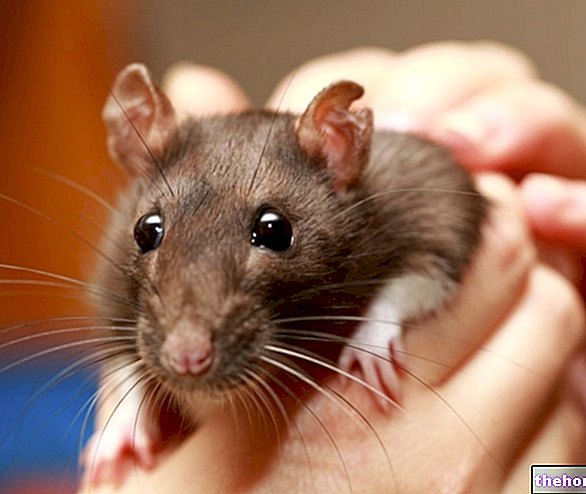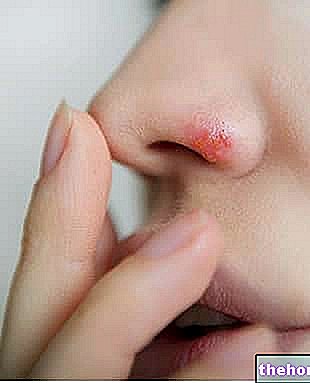
Much less severe than bacterial meningitis, viral meningitis can be due to some enteroviruses and herpes viruses, measles virus, mumps virus, West Nile virus, AIDS virus, lymphocytic choriomeningitis virus, La Crosse and the St. Louis encephalitis virus.
Viral meningitis most commonly affects individuals under the age of 5 (especially infants) and the elderly.
Common symptoms of viral meningitis include sleepiness, lack of appetite, headache, nausea, vomiting, fever, neck stiffness and photophobia.
In general, for the diagnosis of viral meningitis, a thorough physical examination, a blood culture and a lumbar puncture are essential.
Viral meningitis is treatable at home, provided that the infection and the consequent inflammatory state are mild; the canonical treatment involves absolute rest and the intake of analgesics and antiemetics.
For further information: Bacterial Meningitis: What is it?
In addition to viral meningitis and bacterial meningitis, there is also fungal meningitis, which is meningitis due to fungi.
















.jpg)











